Imagine you’re trying to access a website from your computer, but the page takes forever to load.
Frustrating, right?
Now imagine that same website being accessed by people worldwide, each with unique internet speeds and network conditions. That’s where Content Delivery Networks, or CDNs, come in.
CDNs help speed up website loading times by distributing website content across multiple servers in different parts of the world.
In this article, we’ll discuss in detail what CDNs are, how they work, the benefits they provide for website owners and users, and more.
What is CDN?
CDN stands for Content Delivery Network, a distributed server system that works together to deliver website content to users worldwide.
The main goal of a CDN is to reduce website loading times and improve overall website performance by reducing the distance between a user’s device and the website’s server.
When a user requests to access a website, the request is routed to the nearest server within the CDN. This server retrieves the necessary website content, such as images, videos, and HTML files, and delivers it to the user requesting it.
This process helps minimize latency or delay and ensures website content is delivered quickly and efficiently.
CDNs can also help reduce the load on a website’s origin server, the main server that hosts the website. By distributing website content across multiple servers, CDNs can handle many requests and reduce the risk of downtime or crashes.
Understanding The Concept Of CDN Through an Example
So, let’s say you are accessing a website hosted on a server in the United States. If you are located in Pakistan, your request to access the website has to travel a long distance across the internet, which can cause delays or slow loading times.
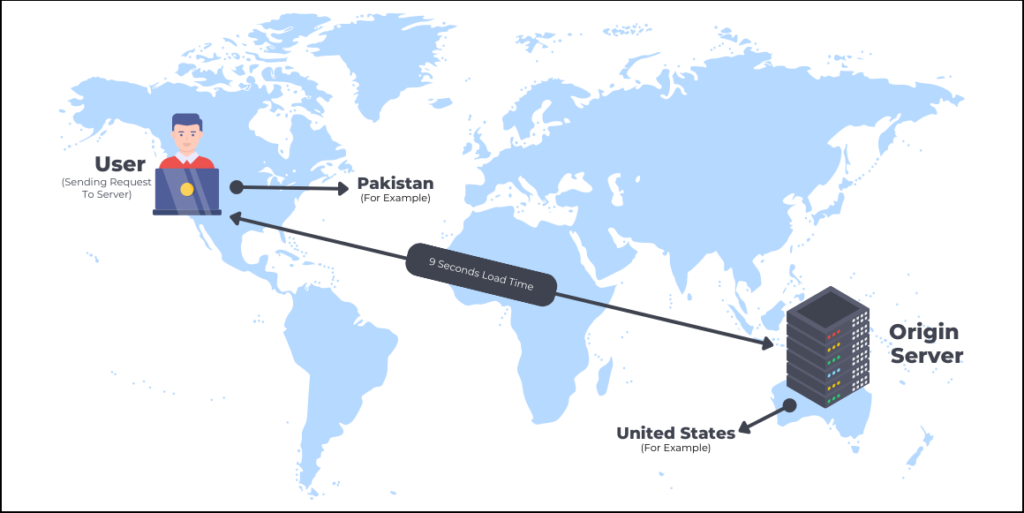
Now, imagine that the website uses a CDN. The CDN has servers located in various parts of the world, including Pakistan. When you request to access the website from Pakistan, the CDN automatically redirects your request to the nearest server, which is located in Pakistan. This server then retrieves the necessary website content and delivers it to your device.
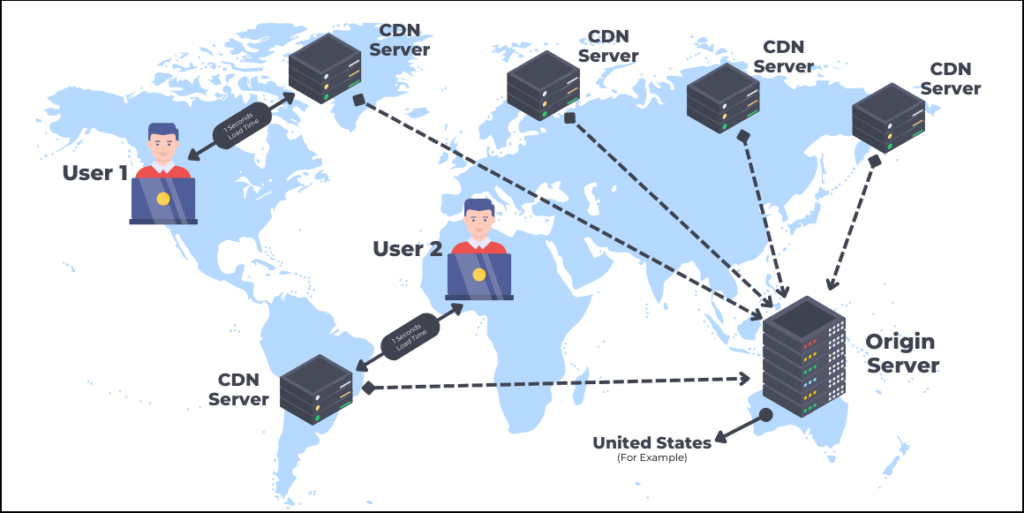
See! If a website uses a CDN, the content will be delivered much faster and more efficiently, reducing latency and improving overall website performance. This ensures that users worldwide can access the website quickly and seamlessly, regardless of their location.
How Does a CDN Work?
CDNs work by distributing website content across multiple servers located in different parts of the world. When a user requests to access a website, the request is automatically routed to the nearest server within the CDN, which is known as an edge server. The edge server then retrieves the necessary website content and delivers it to the user’s device.
CDNs use a technique called caching, which means storing website content on edge servers for faster access. When web content is cached on an edge server, it is readily available for future requests, reducing the need to retrieve content from its origin server. This helps to minimize latency and ensure that website content is delivered quickly and efficiently.
CDNs also use a technique called load balancing, which means distributing website traffic across multiple servers to prevent overloading any one server. This helps to reduce the risk of downtime or crashes and ensures that website content is delivered consistently and reliably.
CDNs can also provide additional features such as security and DDoS protection. By filtering out malicious traffic and protecting against cyber attacks, CDNs help to ensure that website content is delivered securely and safely.
Benefits of Using CDN
There are several benefits to using a CDN for your website. Here are some of the most important ones:
- Improved Website Speed: CDNs are designed to deliver website content quickly and efficiently, reducing latency and improving website speed. By distributing website content across multiple servers located in different parts of the world, CDNs ensure that website content is delivered quickly and seamlessly, regardless of a user’s location.
- Reduced Server Load: CDNs help reduce the load on a website’s origin server by caching website content on edge servers. This means the origin server can handle a larger volume of requests and reduce the risk of overload or crashes.
- Reduced Bandwidth Costs: CDNs help to reduce bandwidth costs by caching website content on edge servers. When web content is cached on an edge server, it is readily available for future requests, reducing the need to retrieve content from its origin server. This helps to reduce bandwidth usage and lower costs.
- Increased Website Availability: CDNs use load-balancing techniques to distribute website traffic across multiple servers. This helps prevent server overload and ensures website content is delivered consistently and reliably. This helps to increase website availability and reduce the risk of downtime or crashes.
- Enhanced Security: CDNs can provide additional security features such as DDoS protection, SSL, and web application firewalls. By filtering out malicious traffic and protecting against cyber attacks, CDNs help to ensure that website content is delivered securely and safely.
- Better SEO Ranking: Website loading times are a key factor in determining search engine rankings. CDNs help improve website loading times, leading to better SEO rankings and increased website traffic.
Is CDN a Free Service?
CDNs can be both free and paid services, depending on the specific CDN provider and the level of service you require.
Some CDNs offer free plans with limited features and bandwidth, making them suitable for small websites with low traffic volumes. These free plans typically provide access to a limited number of edge servers and may include basic features such as caching and basic security.
However, for larger websites with higher traffic volumes, paid CDNs are typically required. Paid CDNs offer more advanced features such as load balancing, SSL encryption, and advanced security features, as well as access to a larger number of edge servers located in different parts of the world.
The cost of a CDN service can vary depending on the provider, the level of service required, and the amount of bandwidth used. Some CDNs charge a flat monthly fee, while others charge based on the amount of bandwidth used or the number of requests processed.
It’s important to note that while free CDNs may be a good option for small websites with low traffic volumes, they may not provide the same level of performance or reliability as paid CDNs. Paid CDNs typically offer more advanced features, better performance, and more reliable service, making them a better choice for larger websites with higher traffic volumes.
Best CDN Service Providers
Several CDN service providers are available, each with unique features and pricing plans. Here are three of the best CDN service providers:
1. Cloudflare – Cloudflare is a popular CDN provider that offers both free and paid plans. Their free plan includes basic features such as caching, SSL encryption, and DDoS protection, making it a great option for small websites with low traffic volumes. Their paid plans offer more advanced features, such as load balancing, image optimization, and advanced security features, making them a good choice for larger websites with higher traffic volumes.
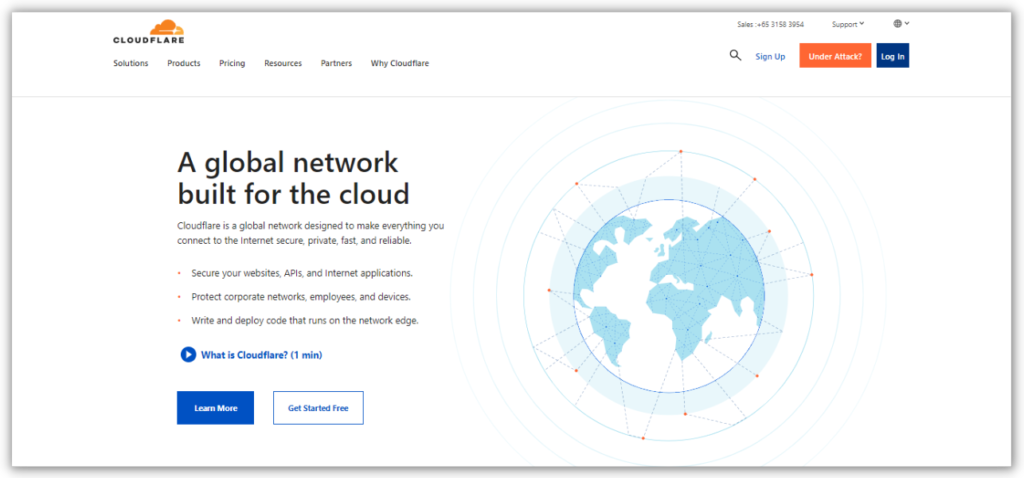
2. Amazon CloudFront – Amazon CloudFront is another popular CDN provider that offers both free and paid plans. Their free plan includes basic features such as caching and SSL encryption and access to a limited number of edge locations. Their paid plans offer more advanced features, such as real-time logs, customizable error pages, and advanced security features, making them a good choice for larger websites with higher traffic volumes.
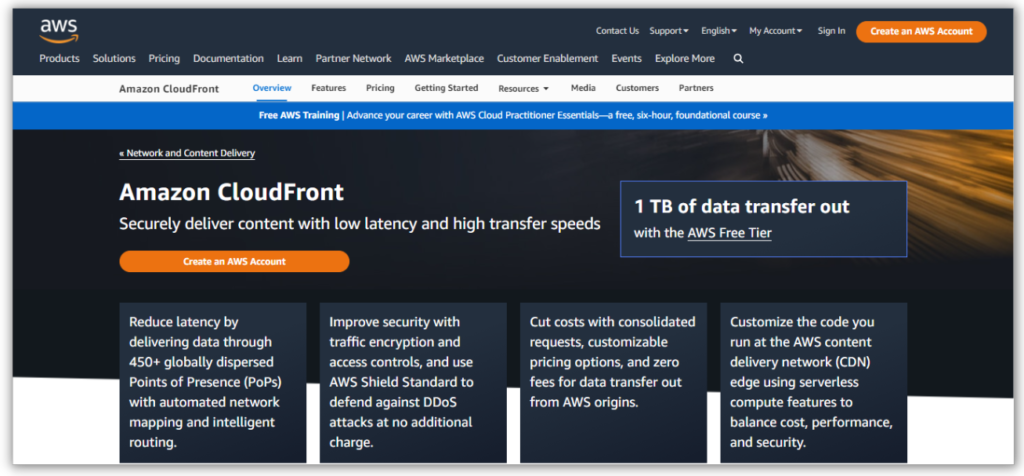
3. Akamai – Akamai is a premium CDN provider that offers entirely paid plans. Their plans provide advanced features such as real-time performance monitoring, predictive content delivery, and advanced security features. Akamai is a good choice for large enterprise-level websites with high traffic volumes and a need for advanced features and customization options.
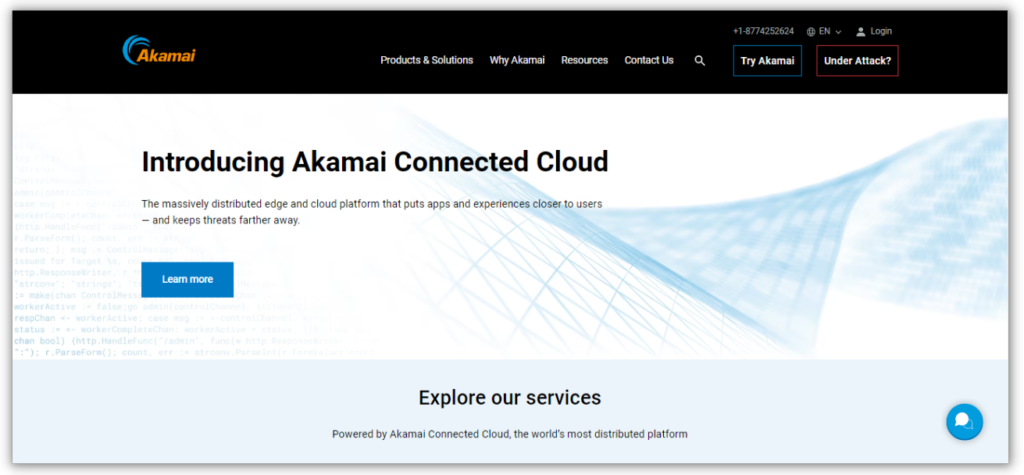
FAQs About CDN
Do I Need CDN For My Website?
It depends on your website's traffic volume, target audience location, and the level of performance and reliability required. A CDN can help improve website speed and provide a better user experience if your website has a large global audience.
What is The Purpose of CDN?
The purpose of CDN is to improve website performance, reduce latency, increase reliability, and improve security. It achieves this by caching and distributing web content across a network of edge servers located around the world.
Is CDN the same as Hosting?
No, CDN is not the same as hosting. Hosting refers to the physical location where your website files are stored, while CDN refers to the network of edge servers used to distribute web content to users around the world.
Why is CDN Faster?
CDN is faster because it caches and distributes web content across multiple edge servers located in different parts of the world. When a user requests web content, the CDN redirects the request to the nearest edge server, reducing the latency and improving website performance.
Is CDN a Database?
No, CDN is not a database. It is a network of edge servers used to distribute web content to users around the world.
Why is CDN Good For SEO?
CDN can be good for SEO because it can improve website speed, reduce latency, and provide a better user experience. These factors can all contribute to better search engine rankings and increased website traffic.
Does CDN Have IP Addresses?
Yes, CDN has IP addresses for each edge server in the network. These IP addresses are used to route web content to the nearest edge server for faster delivery.
Why is CDN Important?
CDN is important because it can improve website performance, reduce latency, increase reliability, and improve security. This can provide a better user experience for website visitors and help website owners reach a larger global audience.
Does CDN Improve Website Speed?
Yes, CDN can improve website speed by caching and distributing web content across multiple edge servers located in different parts of the world. This can reduce latency and improve website performance for users around the world.
Conclusion
CDN is a great way to improve website performance, reduce latency, increase reliability, and improve security.
By distributing web content across multiple edge servers in different parts of the world, CDNs can provide faster and more reliable access to website content for users in different regions.
Whether you’re running a small website with low traffic or a large enterprise-level website with high traffic volumes, there are many CDN service providers available that can meet your specific needs and budget.
By choosing the right CDN provider and plan for your website, you can ensure that your website is fast, reliable, and accessible to users all over the world.
